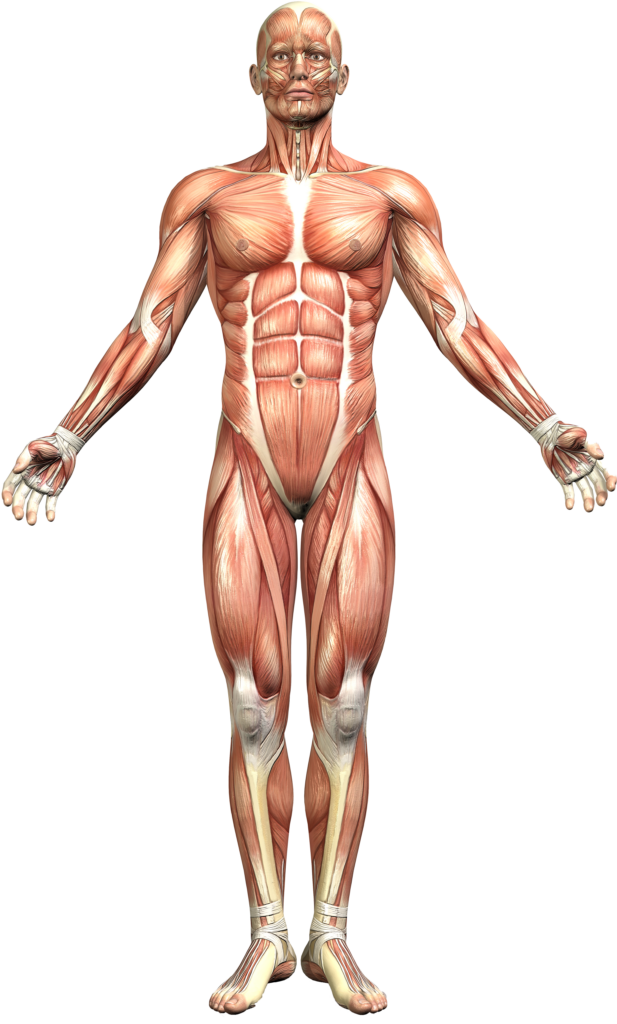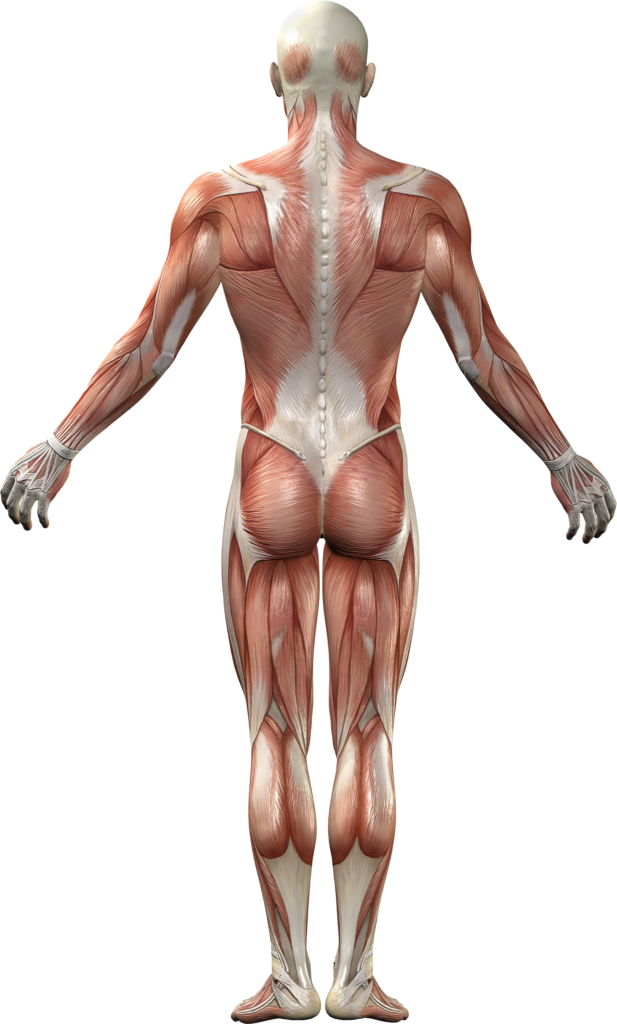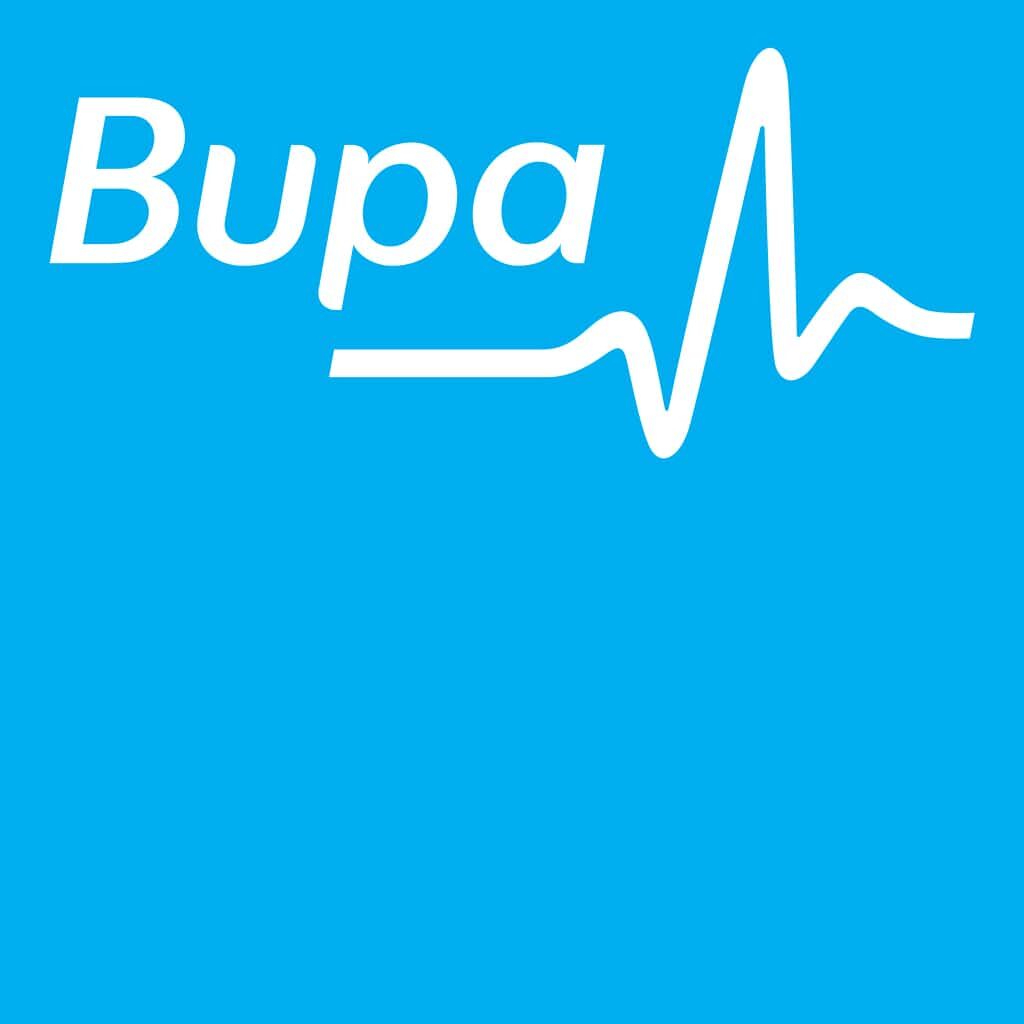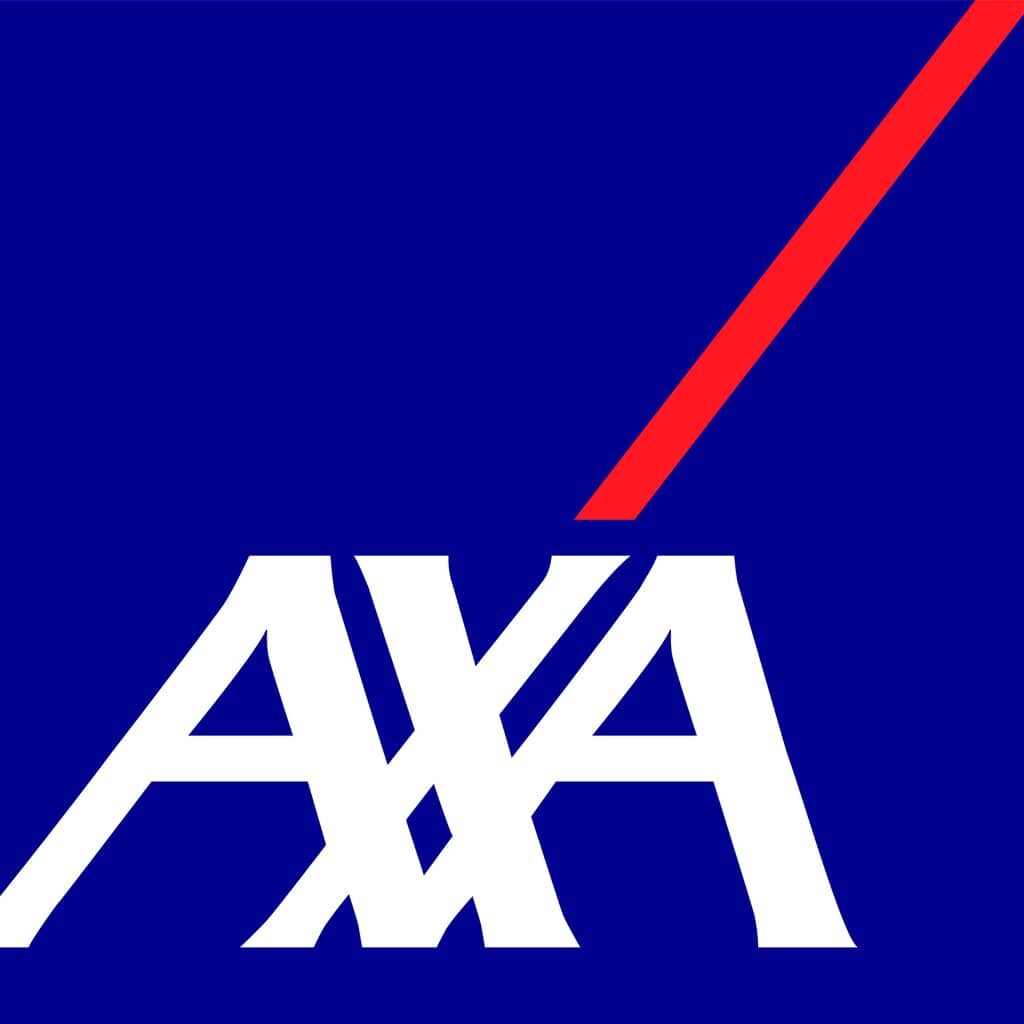Conditions We Treat
Conditions We Treat
- Back and neck pain
- Headaches arising from the neck
- Disc problems , sciatica, Morton's neuroma
- Shoulder, elbow wrist and hand pain
- Leg, hip, knee and ankle pain
- Migraine prevention
- Babies, children and teenagers
- Pregnancy related problems
- Sports injuries (minor)
- Postural Correction
- Temporomandibular joint (jaw) pain/dysfunction (clicking, locking)

Chiropractors treatment can relieve pain, clicking and popping sounds around the jaw. The pain and tension may spread from the jaw to the cheek, ear, temple, neck and back. It maybe associated with difficulty opening the mouth, difficulty sleeping, stress and headaches or migraines. 1 of 5 Wrist Pain
Causes of wrist pain that respond well to chiropractic treatment include carpal tunnel syndrome, arthritis, tendinopathies and repetitive strain injury. Carpal tunnel syndrome is often associated with pins and needles in the hand and fingers, particularly the thumb, index and middle finger. Pins and needles in the arm and hands can also be the result of problems originating in the neck and shoulder. 2 of 5 Arm Pain
Generic pain in the arm is most often caused by a problem in the neck or in the shoulders. The nerves supplying the arm exit from the spinal cord in the neck and travel underneath the shoulder, therefore any injury in these areas may affect them and result in pain, numbness. 3 of 5 Elbow Pain
Chiropractic is effective for elbow pain such as bursitis, tennis elbow, golfers elbow and sprain. Pain in the elbow is often caused by overuse, resulting in irritation and inflammation, or by trauma. A “trapped nerve” in the neck can result in pain, numbness or pins and needles at the elbow. 4 of 5 Knee Pain
Wear and tear (osteoarthritis) is frequently responsible for knee pain and often responds well to treatment. Knee pain is often caused by trauma to the ligaments, muscles or menisci (cartilage), for example during sport accidents or falls. Severe sprains may require surgical intervention, but mild and moderate ones can be treated successfully by chiropractic. Weakness of the muscles stabilizing the knee, myofascial trigger points, bursitis, shin splints, iliotibial band syndrome, patellofemoral pain syndrome and/or stiffness at the joint between the tibia and the fibula are other common causes of knee complaints. Non local causes include pain referred from the lower back or the pelvis, myofascial pain syndrome of the gluteal muscles, disc herniation and “trapped nerve” in the lower back. In the last two instances, pain is often associated with numbness, weakness or pins and needles in the area. 5 of 5

Neck pain responds well to treatment from a chiropractor, conditions include whiplash, torticollis, cervical disc herniation, muscular tightness, joint stiffness and trapped nerves. The source of these problems can vary a lot, but it is often secondary to trauma or poor posture. Office workers are particularly prone to neck problems, due to the long hours spent at the desk or working at the computer. Often, this results in an imbalance between the muscles on the back of neck and those on the front, which in turn results in the “carried head forward” posture and, eventually, in pain. This pain can manifest itself in headaches as well as neck and arm pain and pins and needles. Chiropractic treatment can help relieve the symptoms of pain and stiffness that are caused by osteoarthritis (wear and tear). 1 of 5 Upper Back Pain
Pain in the upper back is frequently caused by injury, misalignment or stiffness of the joints between the vertebrae and ribs, normally in conjunction with tension in the surrounding muscles. It is particularly common in office workers and students who spend long hours sitting at computers, in people with poor sitting posture and in people who have had prolonged periods of coughing. Slouching increases the stress on the spinal joints, making them more susceptible to injury. Pain or lack of mobility in the upper back can result in neck pain, headache or arm symptoms. Upper back pain responds exceptionally well to chiropractic treatment, usually improving very quickly provided that no other underlying causes are present. A prolapsed disc in the thoracic region can also occur possibly due to an injury such as a car accident or a heavy fall. Alternatively, they can be the result of gradual wear and tear. 2 of 5 Shoulder Pain
Shoulder conditions treated by chiropractors include rotator cuff injuries, sprains and tendinopathies, bicipital tendonitis, bursitis, impingement syndrome and adhesive capsulitis (frozen shoulder). Impingement syndrome is characterised by worsening pain when you lift your arm away from your body. Pain in the shoulder may originate from the neck, from the upper back or from the spinal and rib joints. 3 of 5
Lower Back Pain
Chiropractic treatment is effective in treating lower back pain that is caused by muscle strain, ligament strain, bulging/ruptured discs, compressed spine, facet joint dysfunction, sacroiliac joint dysfunction, osteoarthritis and poor posture. We always adjust the treatment to be safe and gentle for those with osteoporosis (weakened bones), when we may use laser and/or other less intensive approaches.
4 of 5Ankle/Foot Pain
Sprain from rolling the foot and ankle is a common source of ankle pain and injury. The pain maybe from a new injury or symptoms from an old sprain that you may even have forgotten about. Severe sprains resulting in rupture may need surgical repair but mild and moderate ones can be treated successfully by a chiropractor. Other causes of ankle and foot pain include arthritis, tarsal tunnel syndrome (a trapped nerve), Mortonu2019s neuroma (Poor mobility/stiffness in the foot and ankle possibly due to an old sprain or osteoarthritis can cause problems in the knee, hip or back meaning treatment of the foot/ankle is essential for resolving symptoms higher up in the body), achilles tendonitis, bursitis, joint dysfunction and plantar fasciitis. Foot and ankle pain can also be the result of referred pain from problems in the low back and pelvis eg. trigger points in the pelvic muscles or disc herniation.
5 of 5





